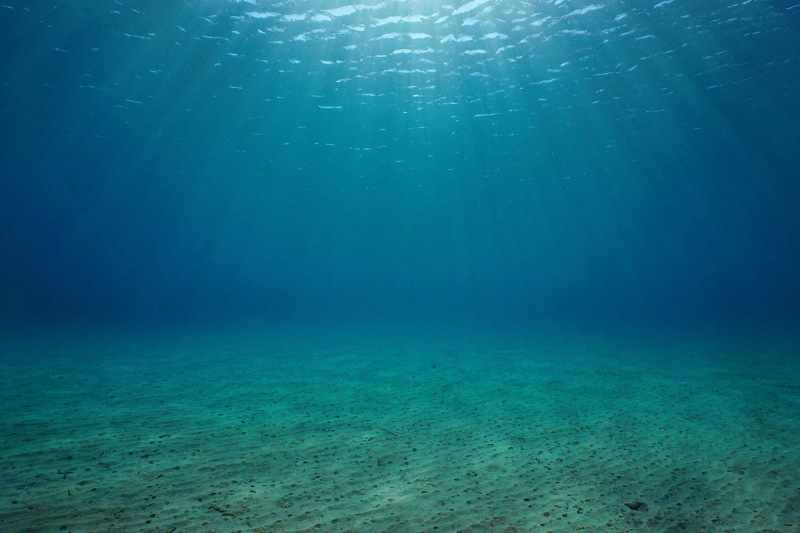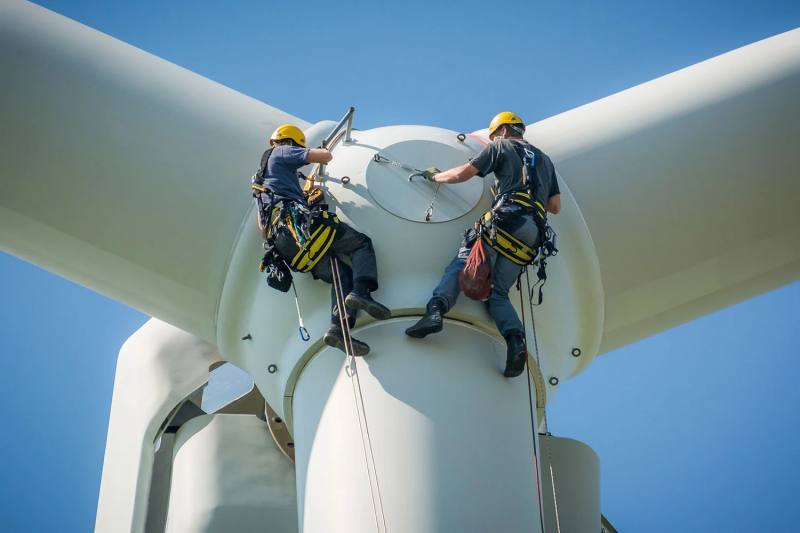EAGE Short Course 3 Sequence Stratigraphy: Concepts, Methods, and Workflows
Room
Monday
8 June 2025
Time
8:30 - 16:00
CPD Points
5
Instructor

Dr. Rene Jonk
ACT-Geo Ltd.
Course Overview
The sequence stratigraphic method was developed to support geoscientists with the geologic interpretation of subsurface data. This method is utilized to predict the presence of play elements and to assess their quality and validity before drilling. Sequence stratigraphy is applied to core, outcrop, well logs as well as 2- D and 3-D seismic data across all depositional environments.
This course reviews definitions and terminology of surfaces and systems tracts and introduces the sequence stratigraphic hierarchy. Training exercises and datasets are thoroughly discussed, and participants interpret subsurface data in terrestrial, shallow marine, and deep-marine depositional settings within a sequence stratigraphic framework across siliciclastic and carbonate depositional settings. Based on the sequence stratigraphic method, the recognition and mapping of play elements from exploration to production scales is emphasized in this course.
Applications through the lectures and exercises include the recognition, interpretation, and mapping of key play elements of energy systems (source rock, reservoir, seal, and trap). This workshop presents a methodology to predict the presence, distribution, and quality of play elements and to perform pre-drill estimates for exploration, appraisal and well development. During the exploration stage, the workflow focuses on identifying play elements on seismic lines and integrating well information. The exploration, appraisal, and production stages in the course place emphasis on play element distribution and trapping styles from shelf to deep-water settings. Primary goals for the production stage include describing reservoir connectivity and continuity as well as identifying flow baffles and barriers.
Through the exercises, students will learn:
- The concepts of facies stacking and shoreline trajectories to define parasequences, surfaces and systems tracts.
- Create tectono-stratigraphic interpretations and basin charts.
- Utilize the sequence stratigraphic method to map play elements in different depositional environments.
- Employ method and concepts in sequence stratigraphy to define hydrocarbon plays and prospects.
- Conduct high-resolution reservoir mapping across depositional settings.
- Predict play element risk and quality.
- Estimate net-to-gross and reservoir connectivity.
- Map reservoir flow units at production and injection temporal and spatial scales.

Course Objectives
- Define key sequence stratigraphic surfaces and systems tracts.
- Interpret facies and facies stacking patterns.
- Use shoreline trajectories to identify parasequences, systems tracts and stratigraphic surfaces to make predictions away from control points.
- Apply the sequence stratigraphic method across depositional and tectonic settings.
- Map energy play elements across temporal and spatial scales using core, well log and seismic data.
Course Outline
1. Lecture – Stratigraphy history, methods, concepts and lithostratigraphy vs. chronstratigraphic correlations (1 hour).
2. Exercise: Lihtostratigraphic versus chronostratigraphic correlations. 30 minutes.
3. Lecture – Sequence Stratigraphic Concepts. 1 hour
4. Exercise: construction and interpretation of a wheeler diagram 30 minutes.
5 Lecture – parasequences and 1D stacking patterns in cores and well logs. 1 hour
6 Exercise – well log and core stacking patterns (Price River C Core). 30 minutes
7. Exercise – sequence stratigraphic interpretation using well logs (Urdanetta). 30 minutes.
8. Lecture – Fundamentals of Seismic Stratigraphy. 1 hour.
9. Exercise – Idealized depositional Sequences. 30 minutes.
10. Exercise – Seismic Stratigraphic Interpretation – Waltman Shale. 30 minutes.
11. Lecture – Sequence Sets and Composite Sequences. 30 minutes.
12. Exercise – Componste Sequences -West Siberia Basin. 1 hour.
13. Lecture – Sequence Stratigraphy in Deep-Water settings. 1 hour.
14. Exercise – Seismic Stratigraphy in Deep-water settings – Danube Fan, Black Sea. 1 hour.
15. Lecture – Basin-scale seismic stratigraphy. 30 minutes.
16. Exercise – Basin-scale seismic stratigraphic interpretation; Pelotas Basin to Namibe Basin. 1 hour.
17. Lecture – Seismic Stratigraphy in carbonate settings. 1 hour.
18. Exercise – Carbonate build up interpretations – offshore Indonesia. 30 minutes.
Participants’ Profile
The course is designed for geoscientists looking to develop their tools in sequence stratigraphic interpretation across core, well log and seismic data and across tectonic and depositional settings with the aim of making predictions of subsurface energy systems in terms of stratigraphic architecture and rock properties.
Prerequisites
Ideally, the course is taught at an intermediate level, meaning students have at least had an introductory sequence stratigraphic training course through university or company training.
| Time | Activity |
|---|---|
| 08:00 | Departure from conference center Messe Wien |
| 09:00 – 09:20 | Safety introduction ITC |
| 09:20 – 10:50 | ITC / TECH Center & Lab |
| 10:50 – 11:00 | Group exchange |
| 11:00 – 12:30 | ITC / TECH Center & Lab |
| 12:30 – 13:30 | Lunch at the ITC event area |
| 14:30 | Arrival back at conference center Messe Wien |






